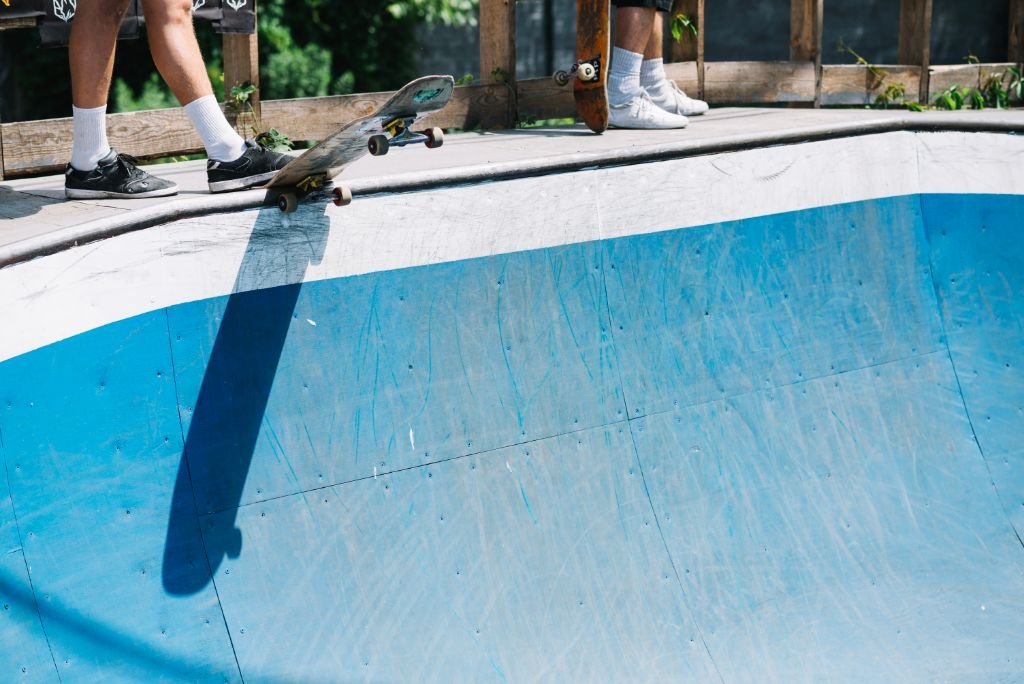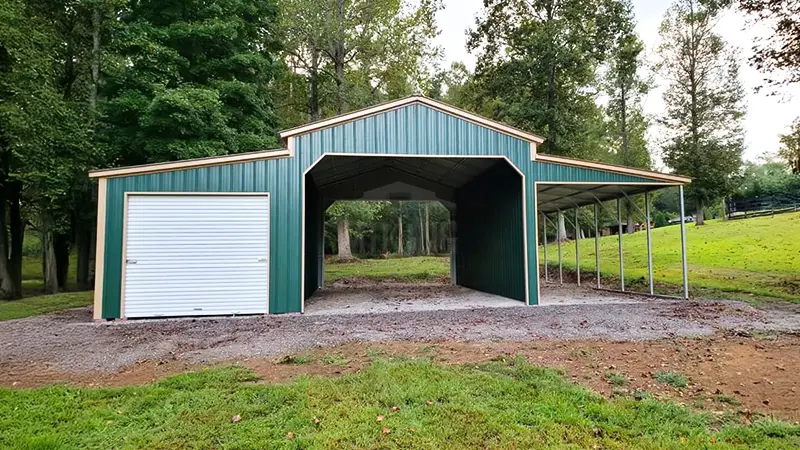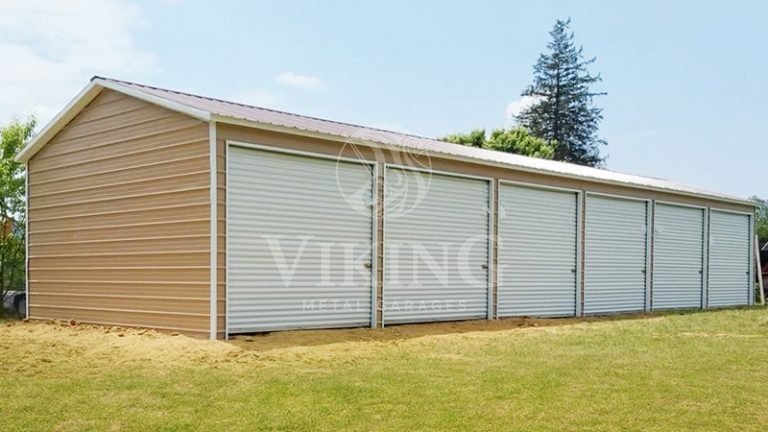Pool plaster is a popular finish for many swimming pools, providing a smooth, waterproof, and visually appealing surface. Whether your pool has a traditional white plaster finish or a colored quartz blend, proper maintenance is essential to ensure it lasts for years without cracking, staining, or eroding.
Because pool plaster is constantly exposed to water, chemicals, sunlight, and physical wear, neglecting maintenance can lead to premature deterioration and costly repairs. This guide will walk you through key steps and tips on how to maintain your pool plaster effectively to maximize its lifespan and keep your pool looking great.
What Is Pool Plaster?
Pool plaster is a mixture of cement, sand, and water, often with additives like marble dust or quartz to enhance durability and aesthetics. It is applied as the final coating over the pool’s concrete shell and acts as a waterproof barrier.
Though durable, plaster is somewhat porous and vulnerable to:
- Chemical imbalances
- Physical wear and tear
- Algae and staining
- Cracking due to structural shifts or poor installation
Maintaining balanced water chemistry and regular care is crucial for preventing damage.
Essential Pool Plaster Maintenance Tips
1. Maintain Proper Water Chemistry
Water chemistry is the single most important factor affecting plaster longevity. Imbalanced pool water can erode plaster or cause scaling and staining.
pH levels: Keep pH between 7.2 and 7.6. Low pH (acidic water) can etch plaster, while high pH can cause scaling.
Alkalinity: Maintain total alkalinity between 80 and 120 ppm to buffer pH changes.
Calcium hardness: Keep calcium hardness between 200 and 400 ppm to prevent plaster from dissolving or scaling.
Sanitizer levels: Maintain proper chlorine or other sanitizer levels to prevent algae growth and staining.
Test your pool water at least twice a week during peak season and adjust chemicals as needed.
2. Regular Cleaning
Routine cleaning helps prevent algae, dirt, and debris buildup that can stain or damage plaster.
Brush the pool walls and floor weekly using a nylon or stainless steel brush appropriate for plaster surfaces.
Vacuum the pool regularly to remove debris and prevent buildup.
Skim the water surface daily to remove leaves and floating debris.
3. Prevent Algae and Staining
Algae growth can cause discoloration and roughness on plaster surfaces. Proper sanitizer levels and regular brushing keep algae at bay. For stubborn stains, use pool-safe algaecides or stain removers recommended for plaster pools.
4. Address Minor Cracks Promptly
Small cracks or chips in plaster can expand if ignored. Inspect the plaster surface monthly and repair minor damage early using pool plaster repair kits or by consulting a professional.
5. Avoid Harsh Chemicals and Abrasives
Avoid using acid washes or harsh chemical treatments unless necessary, as these can erode plaster. Similarly, avoid abrasive cleaning tools that can scratch or dull the surface.
6. Manage Pool Draining Carefully
If you need to drain your pool, avoid keeping it empty for extended periods as plaster can dry out and crack. Consult professionals on the best draining practices and timing to protect your plaster.
7. Control Water Temperature and Sun Exposure
Extreme temperature changes can stress plaster and cause cracks. Use pool covers to reduce evaporation, heat loss, and sun exposure, especially in colder or harsh climates.
8. Periodic Professional Inspection
Every few years, have a pool professional inspect the plaster condition. They can identify issues like structural movement, deep staining, or early signs of plaster degradation and recommend preventive steps.
- Signs Your Pool Plaster Needs Attention
- Rough or pitted texture instead of smooth finish
- Discoloration or staining that doesn’t respond to cleaning
- Small cracks or chips visible on the surface
- Increased water loss or leaks around the plaster surface
- Scaling or white crusty deposits on the plaster
If you notice any of these, it’s time to act to prevent further damage.
When to Resurface Your Plaster
Despite the best maintenance, pool tile repair typically lasts between 7 to 15 years, depending on quality and conditions. When the plaster surface becomes rough, stained beyond repair, or extensively cracked, resurfacing is necessary.
Resurfacing involves removing the old plaster layer and applying a new one, which refreshes the pool’s look and restores waterproofing.
Summary
Proper maintenance is key to extending the life of your pool plaster and keeping your pool attractive and safe. The most important practices include:
Keeping water chemistry balanced
Regular cleaning and brushing
Preventing algae and stains
Promptly addressing minor damage
Avoiding harsh chemicals and abrupt temperature changes
Scheduling professional inspections
By following these guidelines, you can enjoy a beautiful, durable plaster finish and avoid costly repairs or premature resurfacing.












Leave a Reply